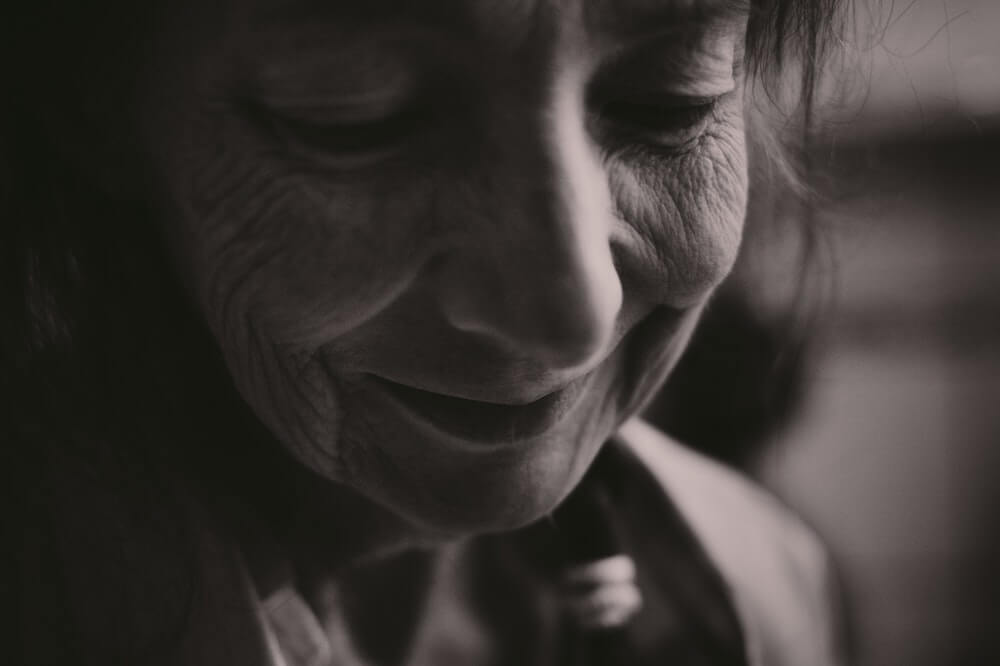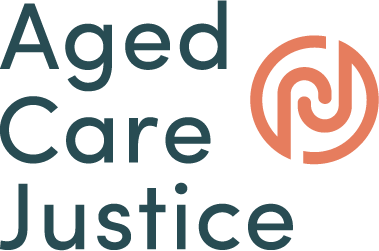What are the Limits on Available Damages to Aged-care Residents?
By Fereshteh Homayoun[1]

The Royal Commission into Aged Care Quality and Safety found that a victim of mistreatment in an aged care facility may obtain compensation through an action based on a breach of contract or in tort law e.g., a breach of duty of care.[2] This article focuses on the limitations placed on awards of damages or compensation in tort claims.
Who can an aged care resident bring a claim against?
Aged care providers can be vicariously liable for the misconduct of their employees done in the course of their employment. Therefore, it is appropriate to consider pursuing a claim against a provider rather than, or in addition to, the individual employee. Further, if the action succeeds, leading to a court awarding monetary compensation, money is more likely to be recoverable from the provider as a functioning business with appropriate insurance rather than an employee as an individual who may have limited financial means.
What kind of claims can a victim have against a provider?
A victim can bring an action against a provider, depending upon the facts and circumstances, in negligence, assault, battery and/or false imprisonment. These causes of actions are all governed by the law of torts. Below is a brief explanation of each area of law.
Negligence
In a negligence action, victims need to prove that the provider owed them a duty of care. The provider must have breached that duty and because of the breach some type of injury must have resulted. Injury may be physical, mental or damage to property.
Assault
Here, the victim must prove that the provider acted in a way where the victim apprehended (understood) imminent harmful contact.
Battery
The victim must prove that the provider brought about harmful or offensive contact with the victim.
False Imprisonment
False imprisonment is the deprivation of liberty due to the provider totally restraining the victim’s freedom unless consent has been given or there is an imminent threat of harm to the person or others.
What are damages?
Damages are the compensation awarded if the victim succeeds in their claim and proves that they have suffered relevant loss. It is defined as a remedy, being a sum of money paid for the injuries suffered. [3] One of the purposes of damages is to put the victim insofar as it possible in the position they would have enjoyed if the tort (e.g., the negligence) had not been committed.[4]
Limitations imposed on damages
Limitation 1: Special Damages
Special damages are the damages awarded for loss that can be expressed, or proven in precise monetary terms, such as:
- Medical or other expenses;
- Economic loss: loss of earnings/earning capacity;
- Expenses related to future care needs and special medical therapies if expert opinion supports them.
Most “aged care” claimants are elderly and retired, accordingly, any special damages will be limited to medical and care expenses. However, it should be noted, that in cases of breach of contract there is the prospect of a refund of part or the whole of care fees paid by the resident.
Limitation 2: General damages
General damages covers such matters as pain and suffering and loss of enjoyment of life caused by the injury or injuries.[5] An assessment of such damage is incapable of precise calculation and will ultimately be left to a judge or decision maker if a claim proceeds to a court hearing.
Factors that may be considered in assessing general damages include the duration that the victim endured pain and suffering because of the injuries caused, and the future life expectancy of the claimant. A short duration of pain and suffering may contribute to damages being limited by a court.
Limitation 3: Significant Injury
In a negligence claim a victim of abuse can only claim damages for pain and suffering if that person has suffered a significant injury.[6] Significant injury is defined as a permanent physical injury resulting in more than 5% impairment to a person[7] or a permanent psychiatric injury resulting in more than 10% impairment to a person.[8]
Where the claim relates to an intentional tort (e.g., assault, battery, or false imprisonment), as opposed to a claim in negligence, a significant injury certificate is not required for an award of general (or pain and suffering) damages.[9] That is, there is no threshold of injury required for a compensation claim in the case of an intentional tort. Such a situation may arise if a resident is injured as a result of being assaulted by a carer at a facility.
Limitation 4: Cap on the Award of General Damages
After all factors are taken into account, including the need to have established that the claimant has suffered a significant injury, the relevant legislation, as at 1 July 2021, states that the maximum amount of damages that can be awarded to a claimant for general damages is $644,640.[10] In the case of an intentional tort there is no such cap on the award of general damages.
Limitation 5: Class Actions
Where there is systemic abuse or failings at particular facilities, there is the prospect of joining a viable class action.[11] However, such claims can also come with their own shortcomings in relation to the amount of damages awarded to individuals.
Limitation 6: Time
Under the legislation which governs tort claims in Victoria there is a 3 year time limitation period for an adult to lodge a claim for compensation.[12] This means that a victim must submit a claim against a provider and/or employee within a 3 year period.
Get Help
If you or someone you know needs legal assistance, we encourage you to fill out ALARM’s GetHelp form on our website at www.ALARM.ORG.AU; or contact ALARM on (03) 9016 3248; or email us on info@agedcarejustice.org.au. You may then select, or, if you wish, we will direct you to, one of our Allied Law Firms for an initial meeting and advice, at no cost to you. Thereafter, you can decide whether to proceed with a formal legal complaint. If you do wish to proceed, costs arrangements, if any, will need to be discussed, and agreed, with the firm.
Sources:
[1] Law student Monash University, ALARM volunteer. The author acknowledges the valuable assistance of senior ALARM volunteer lawyers in the preparation of this article.
[2] Royal Commission into Aged Care Quality and Safety (Final Report, March 2021) vol 3B, 534.
[3] Australian Law Dictionary (3rd ed, 2018) ‘damages’.
[4] Haines v Bendall (1991) 172 CLR 60.
[5] Wrongs Act 1958 (Vic) s 28B defines ‘non-economic loss’, which is another term for general damages.
[6] Ibid s 28LE.
[7] Ibid s 28LE and s28LB.
[8] Ibid s 28LE.
[9] Ibid s 28LC (2).
[10] Ibid s 28G.
[11] For example, see this class action in relation to the handling of a coronavirus outbreak at an aged care facility https://www.shine.com.au/service/class-actions/cumberland-manor-coronavirus-class-action
[12] Limitations of Actions Act 1958 (Vic) s 27J.
Disclaimer:
The views expressed in this article are the views of the author. The contents of this article are for general information purposes only and do not constitute legal advice, are not intended to be a substitute for legal advice, and should not be relied upon as such. Legal advice should be sought prior to any action being taken in reliance on any of the information. If you are in need of legal advice and/or assistance about aged care matters, please seek legal advice directly or via ALARM’s GET HELP form on its website: www.agedcarejustice.org.au.
